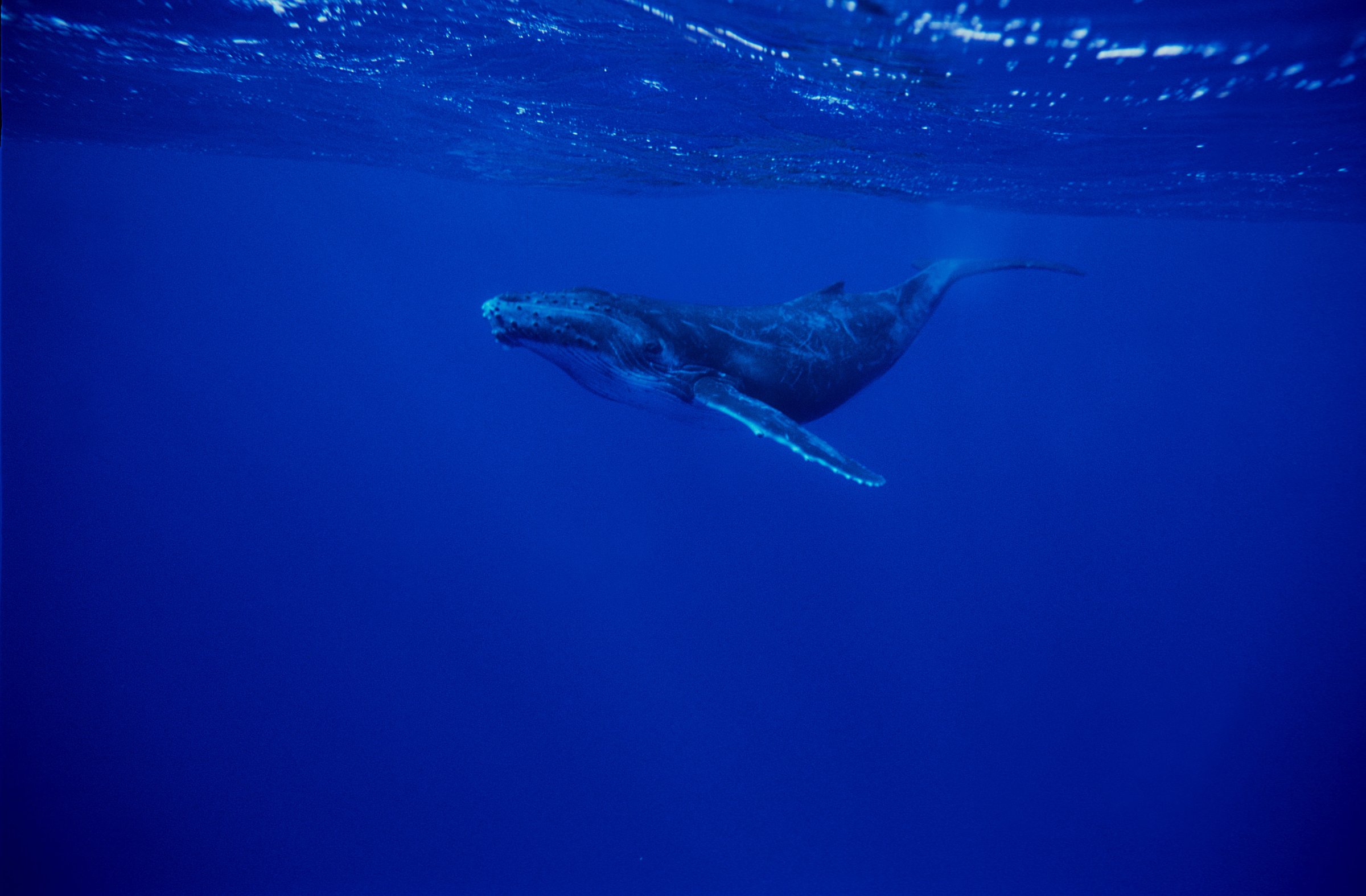
It’s hard to imagine what a dolphin or a whale needs a pelvic bone for. Sure, the structure was important 40 million years ago, when the ancestors of these seagoing mammals were walking around on land and had actual legs attached to actual hips. But for a legless swimmer, there doesn’t seem to be any point. No wonder evolutionary biologists have long considered these small, apparently useless bones purely vestigial, destined eventually to vanish.
“Apparently” is the key word here, however. A team of biologists has figured out what the pelvic bones of dolphins and whales are good for—and it’s a lot more fun than walking. The bones anchor muscles that control the animals’ penises, and far from fading away, they appear to be evolving to give the animal even more, well, finesse.
“We’ll never be able to ask a female whale, ‘was it good for you?'” says Jim Dines of the Natural History Museum of Los Angeles County, co-author of a new study in the journal Evolution. “But it’s plausible that if you can maneuver the penis in a slightly different way, there could be an evolutionary advantage.”
The advantage, in case it’s not obvious, is that keeping a female cetacean happy (“cetacean” being the umbrella term that covers both whales and dolphins) would give a particularly expert lover a better chance of getting his sperm to its destination. That in turn would give him more descendants with the ideal, pelvis-anchored musculature to keep their partners happy, producing even more descendants, and so on. The triumph of the agile penis.
That’s the theory, anyway, and while it’s not quite a slam-dunk, there’s plenty of circumstantial evidence to support it. To start with, Dines and his co-authors examined the pelvic bones of 130 whales and dolphins from 29 different species—not just superficially, but using a laser scanner that made exquisitely detailed 3-D models of the bones that could be digitally compared for similarities and differences.
It turned out that the animals with the largest pelvic bones in relation to overall body size also had larger testicles than the other species. That’s important, says co-author Matthew Dean, of the University of Southern California: “Species that are the most promiscuous tend to have the largest testes.” The reason: the animals’ strategy for providing their sperm to as many receptive females as possible is to make a whole lot of it. For example, he says, “chimpanzees have gigantic testes—they’re almost as big as their brains.” Now that this image is forever lodged in your head, the more important point is that there’s a direct line from larger, more evolved pelvic bones to larger testicles to more sperm to more babies—which is the entire point.
When it comes to whales and dolphins particularly, things are more complex still. Consider that cetacean penises are, for want of a better word, prehensile. “The penis of a whale or a dolphin is very dextrous,” says Dean. “It has a mind of its own.” Specifically, it’s controlled by two strong muscles that pull with differing tension to let the organ change shape. “I think of it like a trick kite, controlled by two strings and capable of complex motion. That’s a whale’s penis to me.” And now, surely, to all of us.
To make sure the authors weren’t kidding themselves, they also looked at the ribs of big-testicled cetaceans to rule out the possibility that the relationship between large gonads and large pelvic bones was a coincidence—that all of the bones in the skeletons of these species were oversized and the pelvis bones were just going along for the ride. But nope, a bigger pelvic bone didn’t correspond with bigger rib bones. Improved sexual performance remained the leading theory.
The pelvic structures that make certain cetacean species such sexual virtuosos probably evolved very rapidly. “Male genitalia evolve much faster than other parts of the body,” says Dean, because even the slightest mating advantage can give an individual more offspring. Still, in the case of the cetaceans’ maneuverable penises, Dean concedes, “It’s a speculation. We don’t know for sure.”
Here’s hoping they prove it soon; it’s too good a story not to be true.
More Must-Reads from TIME
- Why Trump’s Message Worked on Latino Men
- What Trump’s Win Could Mean for Housing
- The 100 Must-Read Books of 2024
- Sleep Doctors Share the 1 Tip That’s Changed Their Lives
- Column: Let’s Bring Back Romance
- What It’s Like to Have Long COVID As a Kid
- FX’s Say Nothing Is the Must-Watch Political Thriller of 2024
- Merle Bombardieri Is Helping People Make the Baby Decision
Contact us at letters@time.com